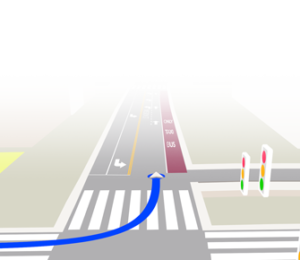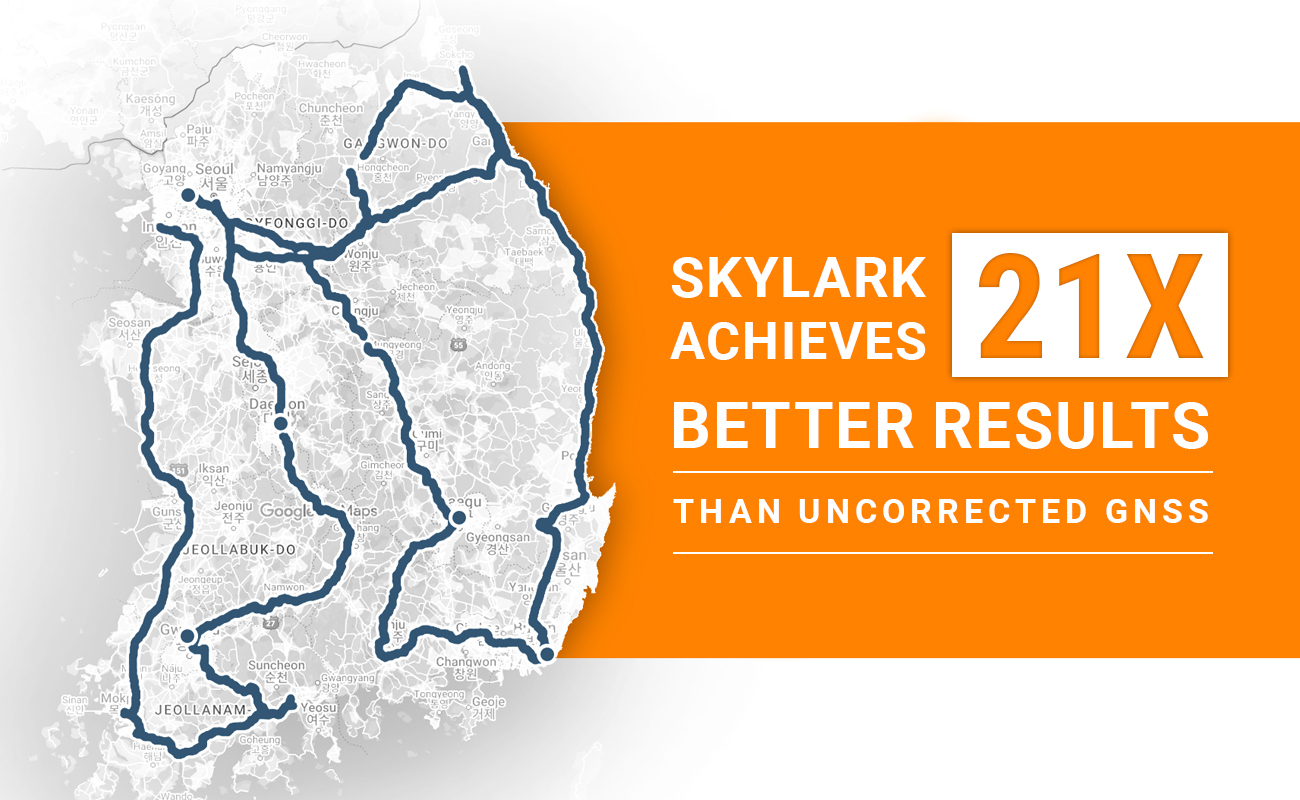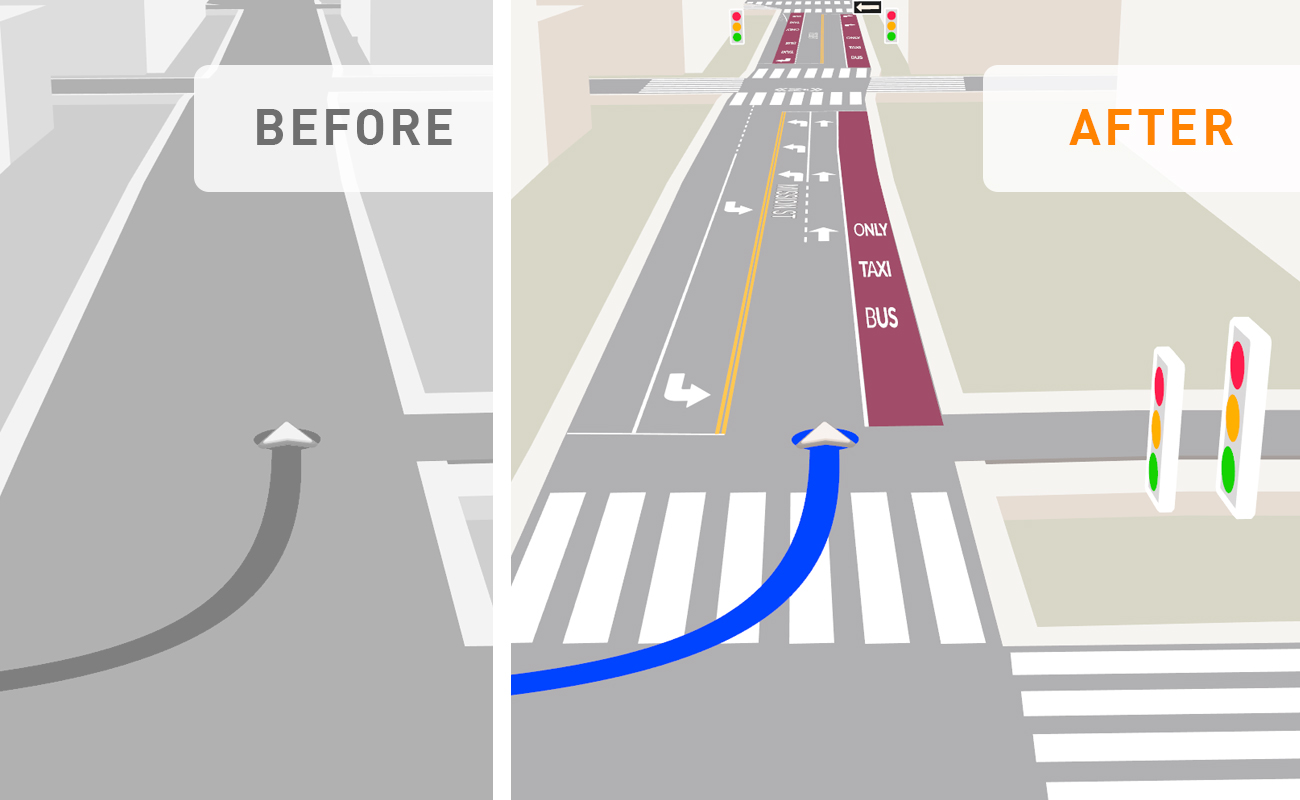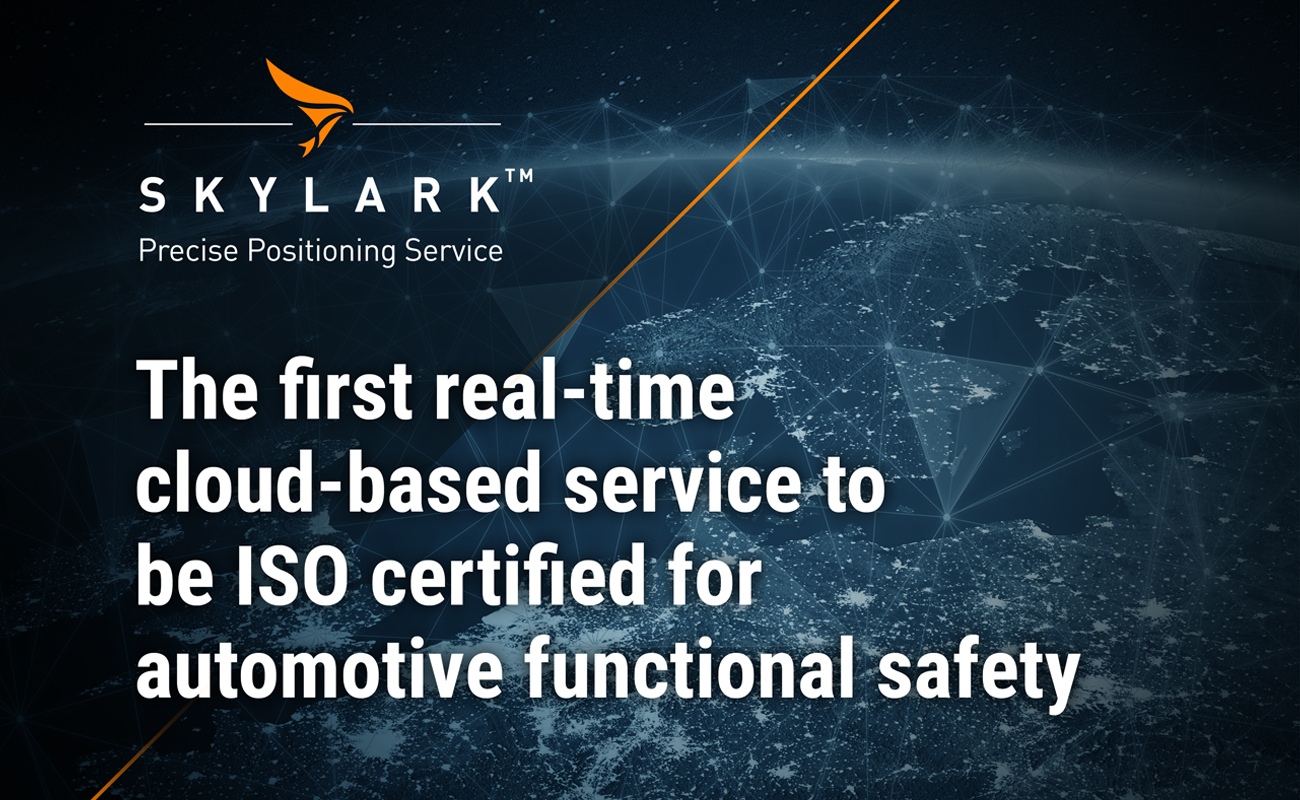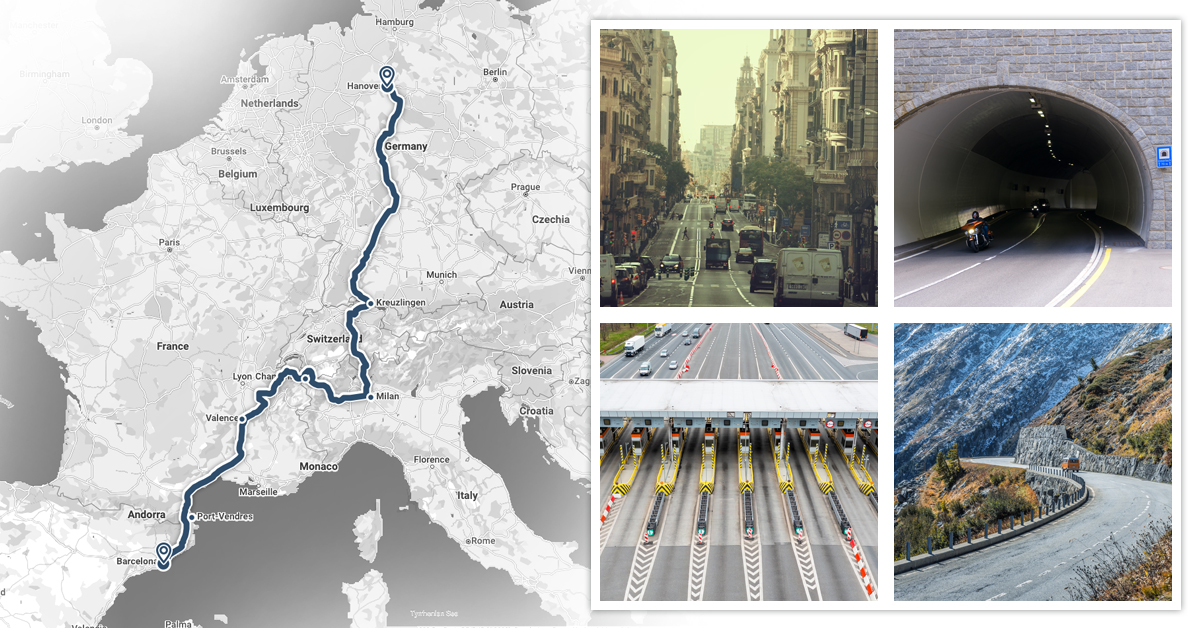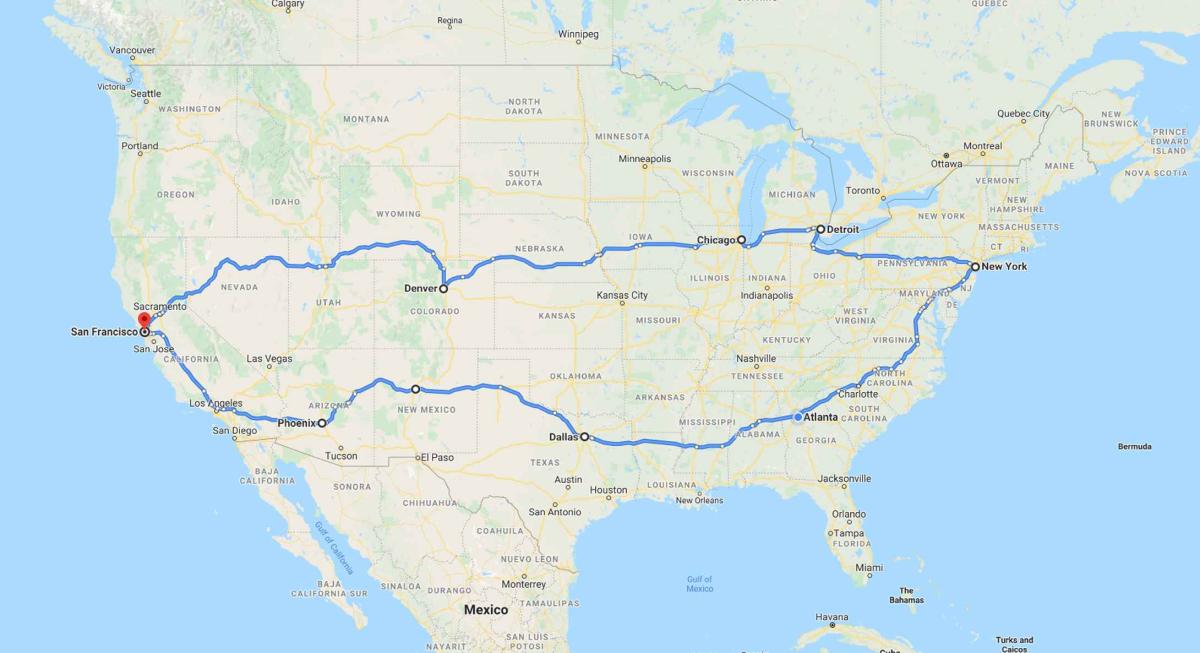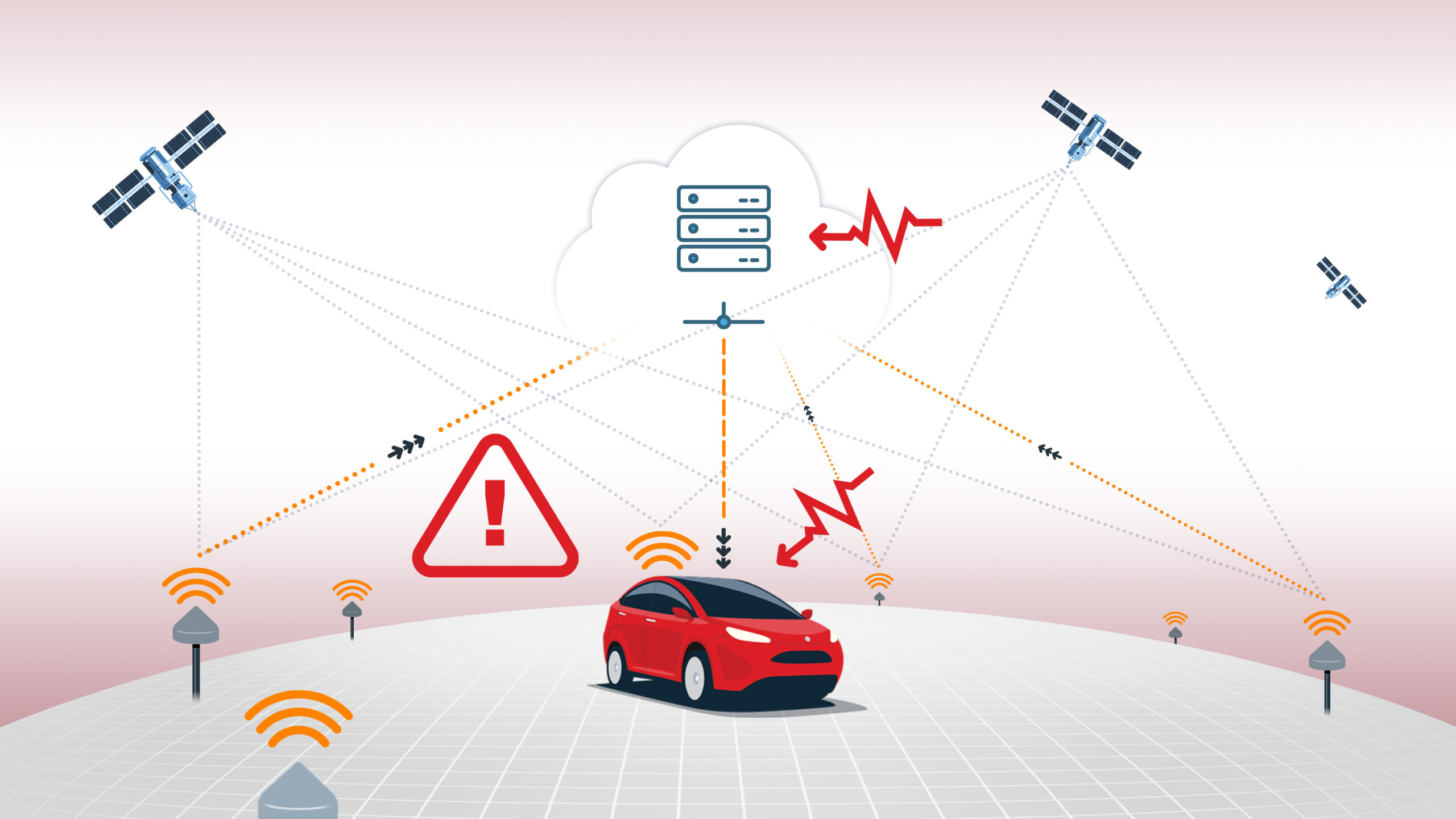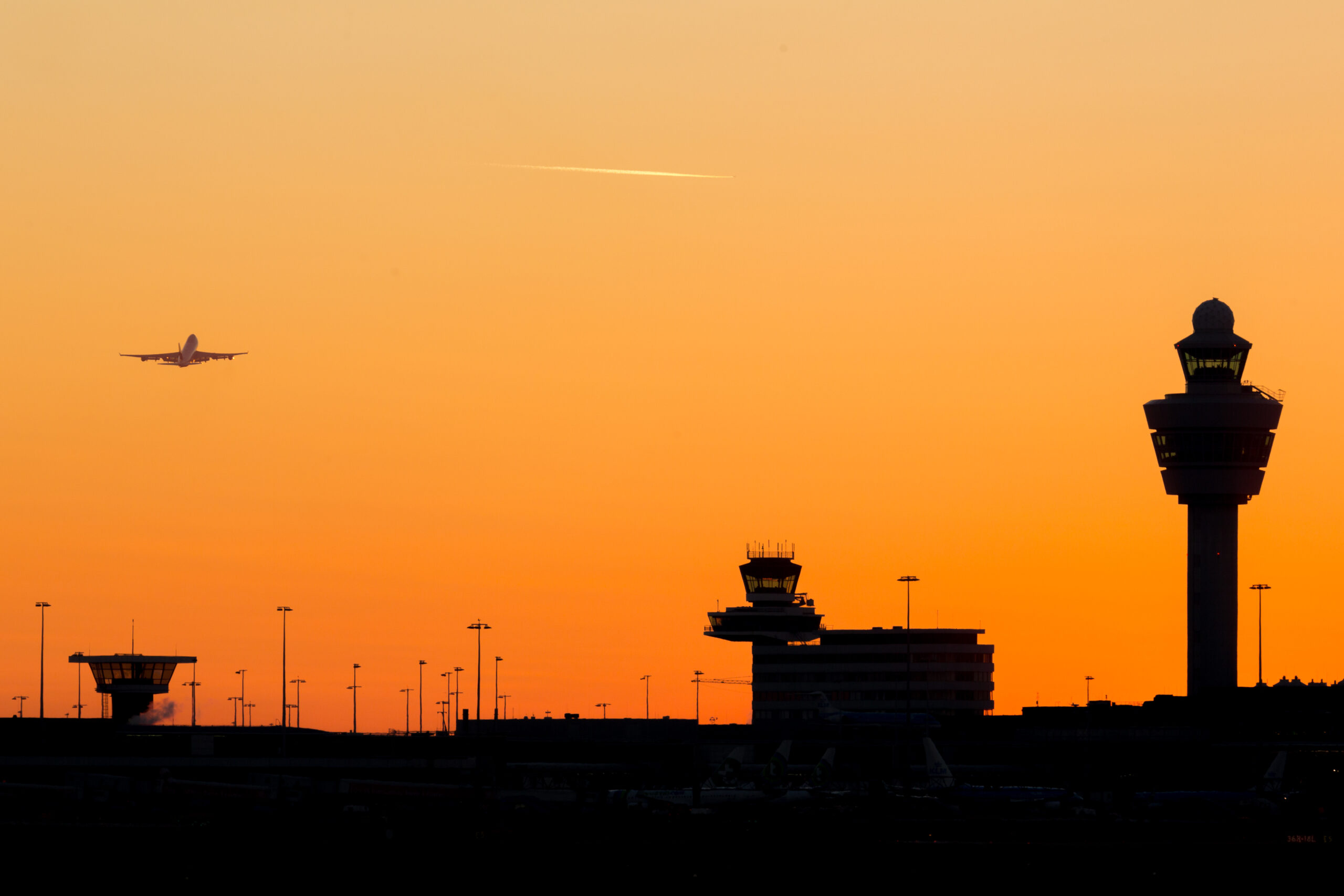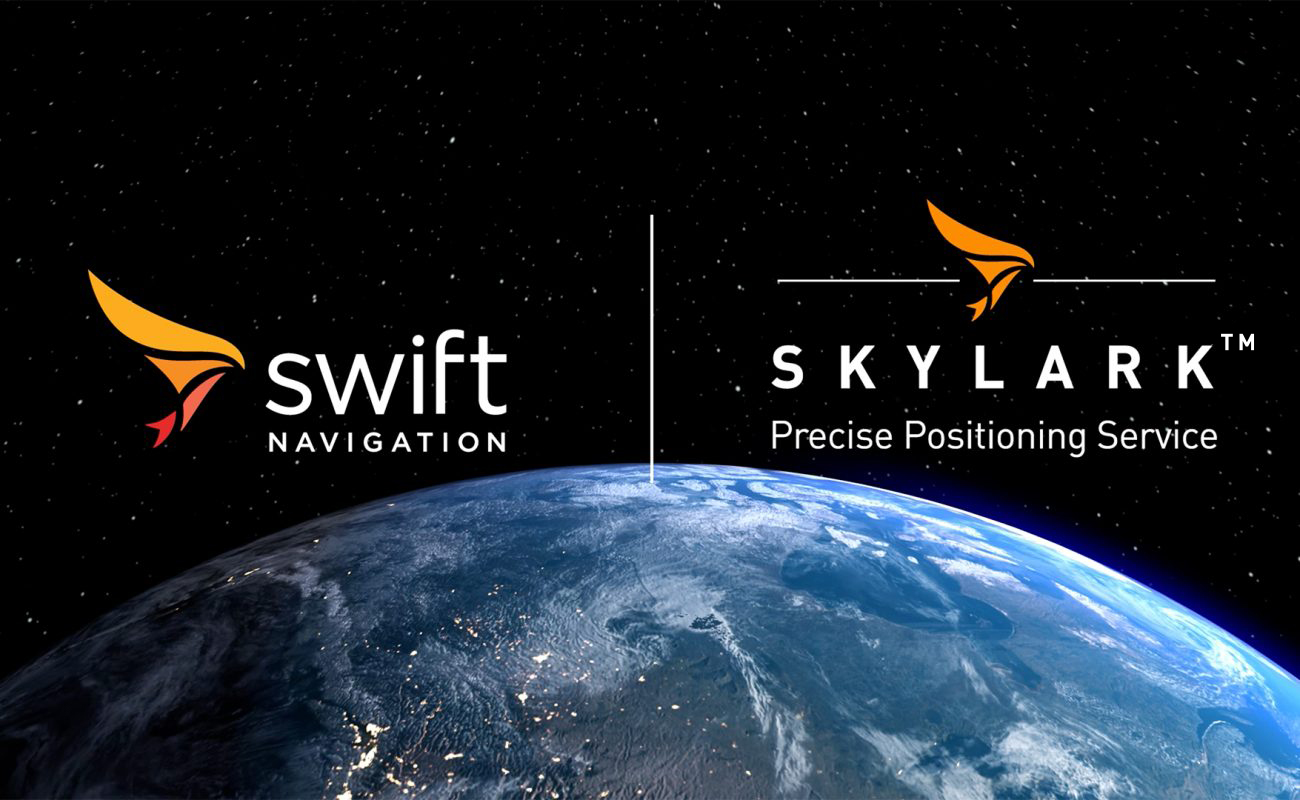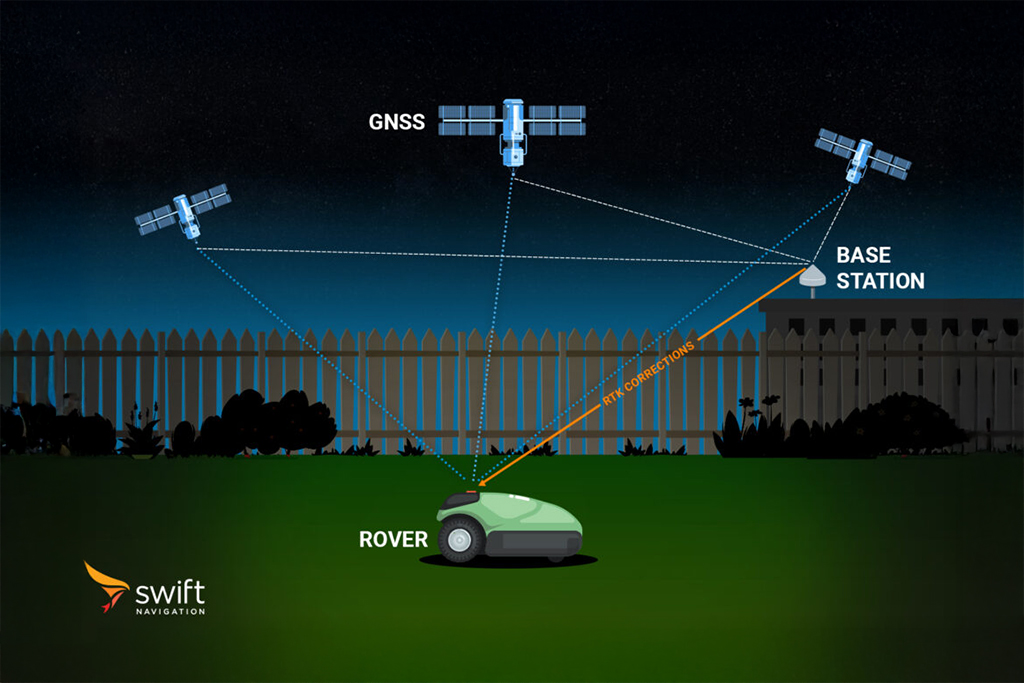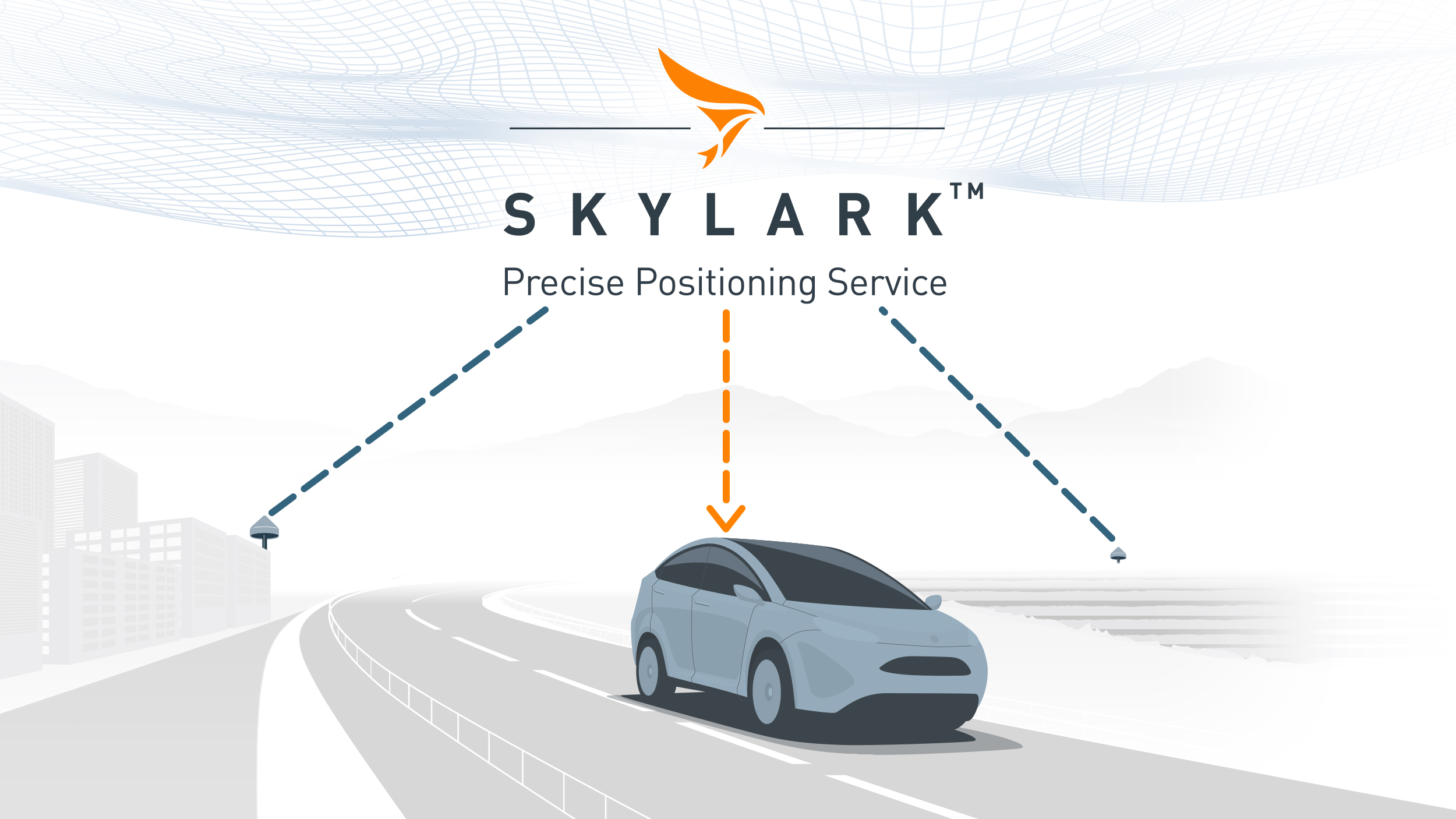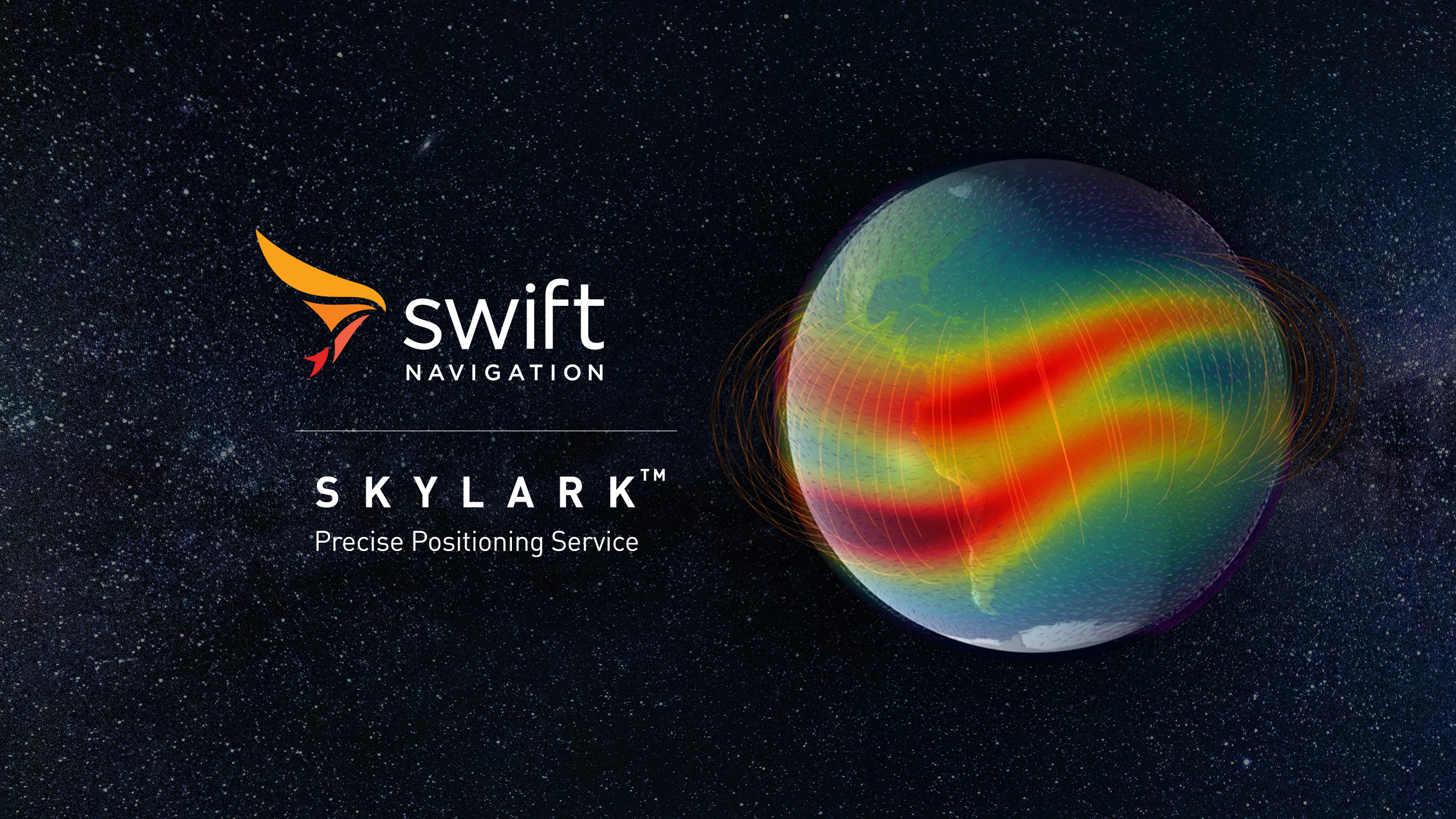What is a GNSS Protection Level?
A Protection Level (PL) is a statistical bound on the possible error of a position solution provided by a GNSS-based positioning system. It defines a region around the reported position within which the true position is assured to lie, with a probability determined by the Target Integrity Risk (TIR). For example, a horizontal protection level (HPL) describes a circle or ellipse in the horizontal plane, while a vertical protection level (VPL) applies to altitude. The Protection Level is compared against an application-specific Alert Limit (AL): if the Protection Level exceeds the Alert Limit, the system must issue an alert indicating that the position information should not be used for safety-critical decisions.
The Protection Level is fundamental to integrity monitoring in automotive and aviation applications, ensuring that users are warned whenever the system cannot guarantee the required level of accuracy and safety. The relation P(GNSS error > PL) ≤ TIR must always be satisfied, meaning the probability that the actual error exceeds the Protection Level is less than or equal to the specified integrity risk. Protection levels are computed at high rates (e.g., 10 Hz) and are included in end-to-end protected messages for functional safety.
Related Content
Automotive

Devon Sharp

Marwan Ramadan

Joel Gibson

Marwan Ramadan

Anthony Cole

Anthony Cole

Marwan Ramadan

James Tidd
GNSS Basics

Devon Sharp

Marwan Ramadan

Marwan Ramadan

Devon Sharp

Devon Sharp

Marwan Ramadan

Devon Sharp








